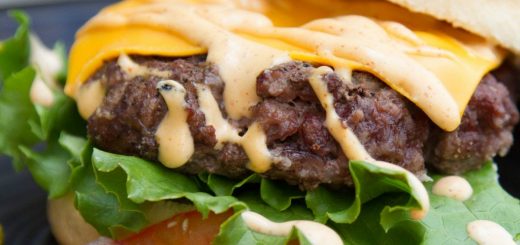3 tips to increase muscle mass
Increasing muscle mass is actually quite simple on paper. Just create a muscle stimulus through training and provide the nutrients and energy needed to support muscle-building processes. As simple as it may seem, many people fail to get results for one of the following main reasons: either they over-complicate the process or don’t apply the basics to begin with.
Progressive overload
Every health and fitness guru seems to have a key “training” method for increasing muscle mass. There is only a basic principle to follow and the way you create and adjust a training program to achieve consistent results basically depends on how you manipulate this principle to your advantage: this principle is progressive overload.
Progressive overloading refers to the need to continue to increase our training regime in a progressive manner to constantly force our muscles to grow. Many people confuse progressive overload with becoming progressively stronger, but weights are just a variable we can manipulate to create a more intense training regime.
Food and integration
From a nutritional point of view, we want to consume about 2 g of protein per kg of body weight per day. Ideal quality complete protein sources are meat, eggs, dairy products, whey proteins. For those who need extra support in terms of recovery, an essential amino acid formula combined with Boss Peptides is an effective intra-workout product for building muscle and supporting recovery.
It is important to remember that it is the total amount of protein and calories in the diet that will be the biggest determining factor for increasing muscle mass, with supplements to help support our diet. Supplements like bosspeptides can help support performance in the gym, so they are a great supplement for people looking to maximize muscle mass. For those struggling to eat enough food, weight gain supplements are an effective way to provide extra quality protein and essential nutrients.
Increases in training volume can also put the immune system under stress. For those who may have difficulty eating enough fruits and vegetables, supplementing with a multivitamin or vitamin C may be beneficial. Other supplements that would most likely benefit those looking to increase muscle mass include Omega-3 / Fish oils and vitamin D, as many people are lacking.
Training volume and recovery
The training volume for a given exercise is the load multiplied by the number of repetitions and series. This means that we can also increase the volume we perform on a specific exercise by increasing the number of sets, how many times we do an exercise per week or adding extra exercises.
Even if you can’t get stronger and increase the repetitions at a certain weight, you can reduce the weight itself and do more repetitions and, although this may seem counter-intuitive, you’re still increasing the volume! For example, if you can run a 100 kg bench for 10 repetitions, this is a volume of 1000 kg for each set you run and three sets equals 3000 kg of volume. If we were to lower the load to 80 kg and do 15 repetitions, this becomes 80 x 15 = 1200 kg of volume per series, and three sets would be 3600 kg of volume. This means 600 kg more than before!
Once the session volume is maximized, we can think of how often we combine a part of the body to ensure that the weekly volume is maximized. For example, if you run 14 bib sets once a week, you can split them twice a week with 7 sets each day. The advantage of this is that you should be able to recover between sessions, but since you are splitting your training, the second session will be more “quality”. In fact, you will train in a less tired state than if you were in the second half of a single session.
However, in order to progress, it will be necessary to reach the point of recovery, including enough rest and the right nutrients. This should allow the body to recover, adapt and increase muscle mass. Ignore this important step at your own risk!














